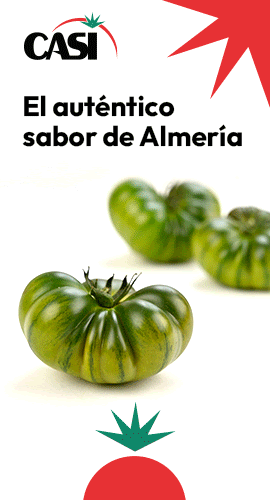The report highlights steady consumption growth in the United States, where annual per capita intake now exceeds 1.3kg and continues trending upward. In the European Union, demand also remains firm despite fluctuating prices and periods of inconsistent supply.
Asia shows promising momentum
RaboResearch points to “notable growth” in both production and consumption in China, while emerging markets across Asia—such as India and Thailand—are gradually increasing import volumes, albeit from a small base. These developments reflect a growing regional interest in berries as healthy snacks.
Ensuring that demand keeps pace with the accelerating expansion of global production will require more targeted consumer marketing and consistently high product quality, the report stresses.
A rapidly evolving global supply landscape
“Global blueberry supply is expanding and diversifying,” said David Magaña, senior analyst at RaboResearch.
He notes several key regional trends shaping the sector:
Peru maintains its position as South America’s leading supplier
Morocco is gaining momentum in Africa and could eventually overtake Chile and Canada
US production remains stable, while Canada appears to be plateauing
Mexico faces increasing pressure to boost cost efficiency
China, already the world’s largest producer, has begun exporting fruit
South America is moving ahead with varietal development, whereas Europe must contend with regulatory constraints and rising production costs.
“These shifts point to a more interconnected global market—one where genetics, scale and logistics will be decisive for future competitiveness,” Magaña said.
Room for further growth in key markets
Blueberry consumption continues to rise across major consuming regions.
“In the US, there is still significant headroom for growth. Blueberries are outperforming many other fruits, supported by the shift toward healthier snacking,” Magaña explained.
He added that the US market has absorbed much higher import volumes over the past decade while maintaining firm real prices, indicating strong underlying demand.
RELATED NEWS: Peruvian blueberry season to end shorter than expected, with lower export volumes
Europe, he said, offers even greater long-term potential. However, ensuring consistent supply and quality during certain parts of the year remains a major challenge. Competition in the EU market is also intensifying: Peruvian shipments to Europe have nearly quadrupled in the past ten years, and Morocco’s rapid expansion could make it the EU’s second-largest supplier by 2030—provided it can secure sufficient land, water and labour.
“In Europe, rising costs and constraints on key inputs are already slowing production growth,” Magaña warned.
Quality, efficiency and marketing will shape the next decade
To capture growing opportunities in established markets and in regions such as Asia-Pacific and the Middle East, the report concludes that producers and exporters will need to prioritise improved fruit quality, greater operational efficiency and more strategic marketing.






















